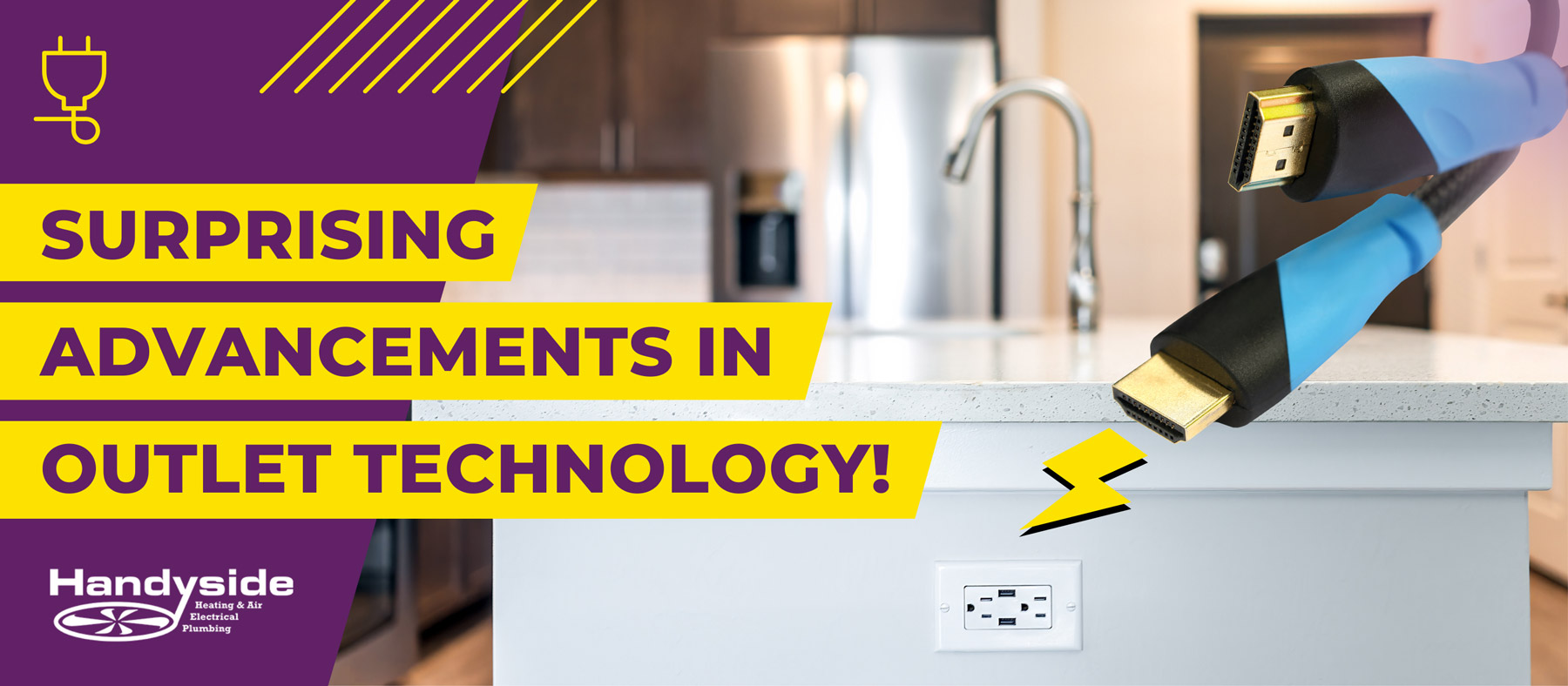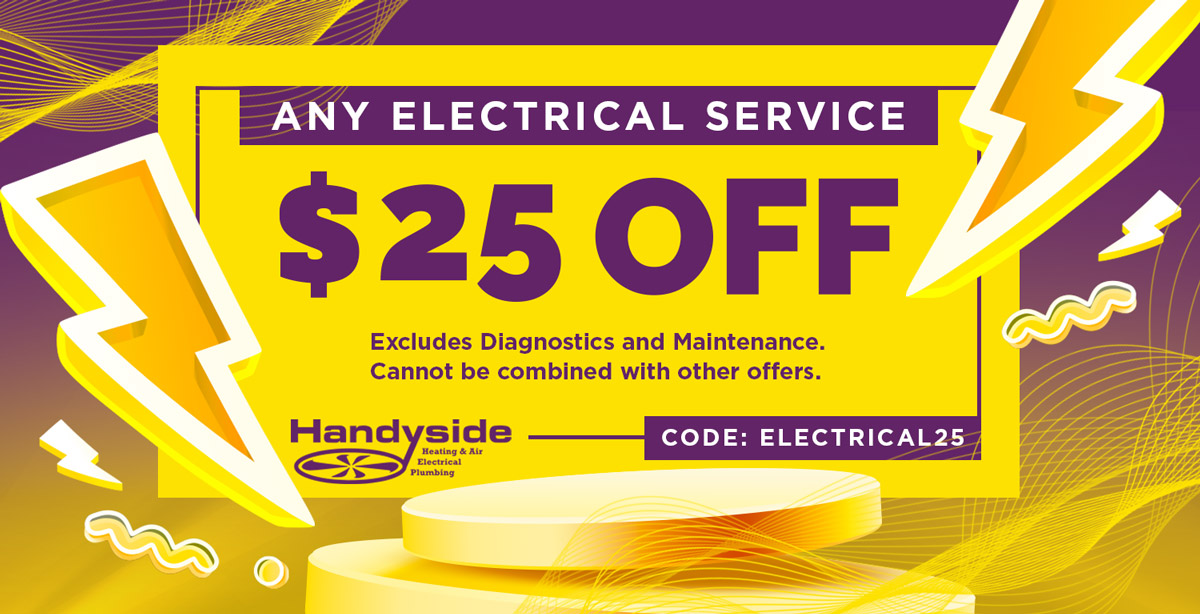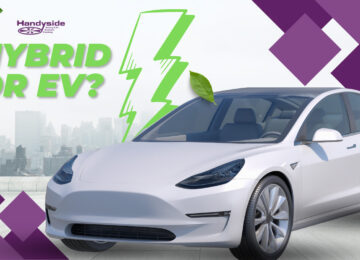Outlets are common in nearly every home… but not all outlets are the same. Have you ever tried to plug something in, and it didn’t fit? For example, you have a three-pronged device, but your outlet only has two holes. Ever wonder why that is?
 There are many types of power outlets, and more are being created, so do you know which ones are right for your home? If you are thinking about upgrading your home’s outlets, or renovating this summer, or even buying a new home, please take a moment to educate yourself on the different types of outlets.
There are many types of power outlets, and more are being created, so do you know which ones are right for your home? If you are thinking about upgrading your home’s outlets, or renovating this summer, or even buying a new home, please take a moment to educate yourself on the different types of outlets.
Two-prong outlets are common in older homes. They can fit many devices that only have two prongs such as coffee grinders, phone chargers, some adapted computer chargers, and more. The issue with two-prong outlets is that they are not grounded, and any devices connected to them will not be protected from power surges, which can severely damage your devices. There are also many high-powered devices that will not fit into two-prong outlets, as they have a third prong.
Three-prong outlets are the most common type of outlet you’ll find in your kitchen, bedroom, living room, and more. The third circular prong is the grounding wire which sends any stray electricity into the ground rather than through the device and anyone touching it. With three-prong outlets, you can use your typical 15-Amp system or upgrade to a 20-Amp system if you tend to use a lot of high-powered devices.
A GFCI, or ground fault circuit interrupter, is an outlet that will automatically shut off the flow of power when it senses a short circuit or a major power surge. (You often see these with one or more buttons on the outlet). These outlets are often found where the outlet or device could come into contact with water, such as the kitchen or bathroom. A GFCI can protect you from a major accident.
USB outlets are used for charging electrical devices such as phones, e-readers, wireless headphones, and more. These outlets are equipped with several USB ports or with a combination of three-prong and USB plugins. The benefit of these outlets is the ability to plug in multiple rechargeable devices at once, all while maintaining full charging speed.
“Smart” outlets allow you to turn each outlet on and off by using your phone. Smart outlets can be beneficial for night-time lighting, holiday pre-sets, Christmas lights, and much more. However, you must have a Smart Hub installed in your house for this to work. For a lower-tech option, there are also outlets that have an on/off switches above the plugin.
Rotating outlets allow you to plug-in a device that has a large charging case and then turn it so that another case would fit nicely next to it, maximizing your space potential.
As you can see, there are many options for the outlets in your home. Which one is right for you?
![Unlocking The Mystery Of Your Home’s Outlets Outlets are common in nearly every home… but not all outlets are the same. Have you ever tried to plug something in, and it didn’t fit? For example, you have a three-pronged device, but your outlet only has two holes. Ever wonder why that is? There are many types of power outlets, and more are […]](https://handysideinc.com/wp-content/uploads/2023/05/Unlocking-The-Mystery-Of-Your-Homes-Outlets-750x420.jpg)





